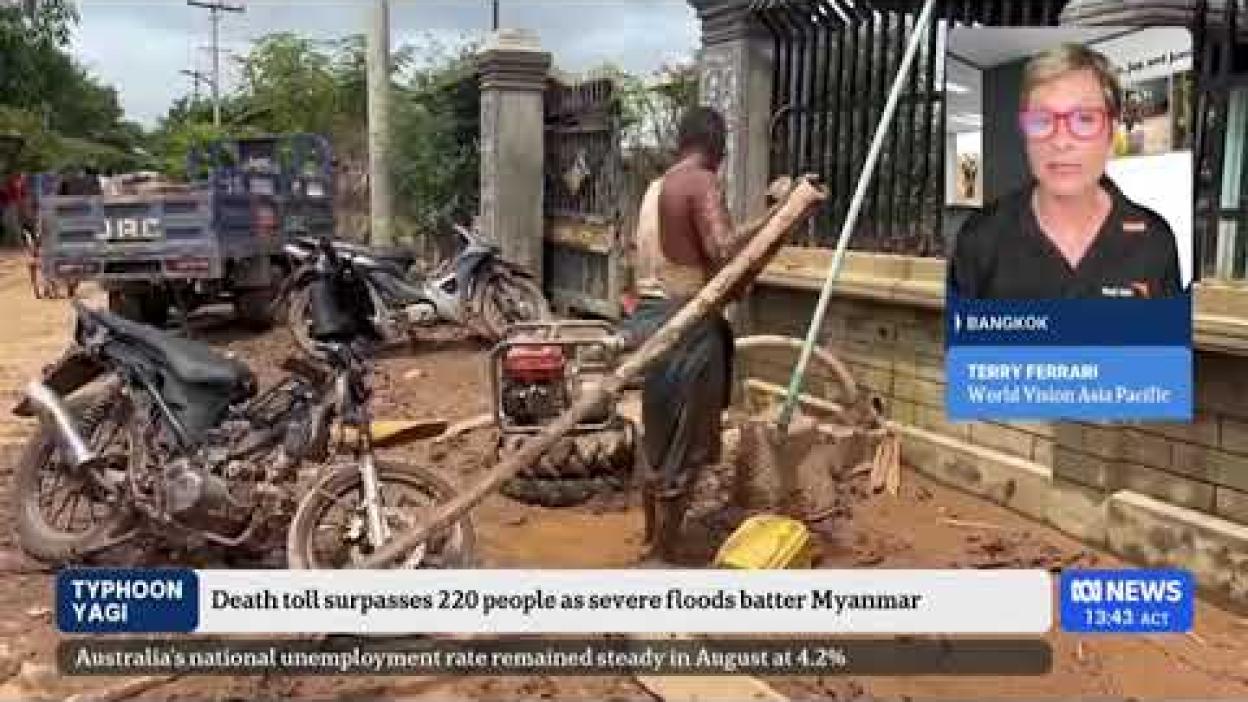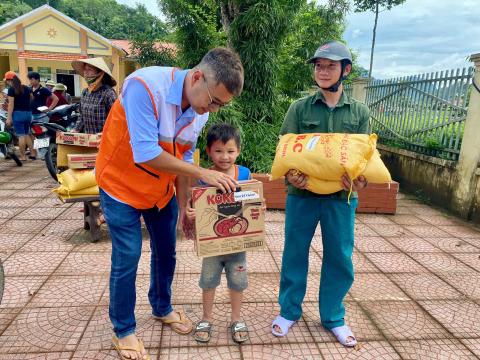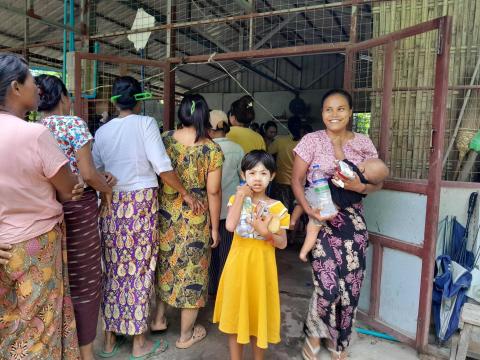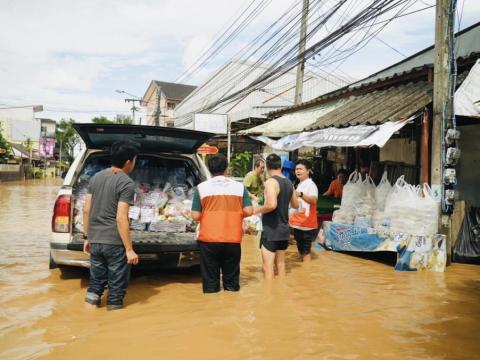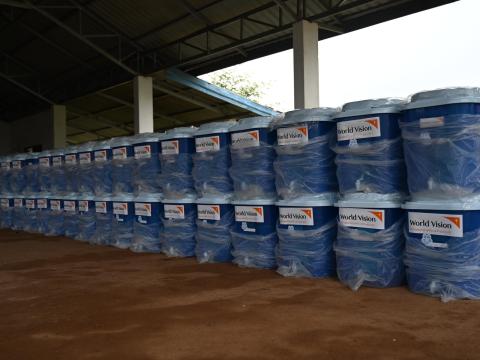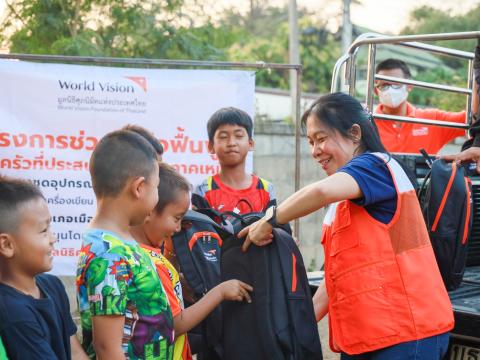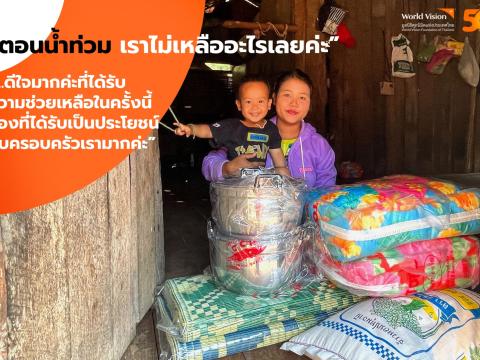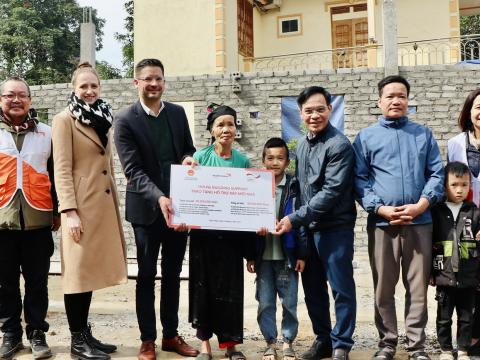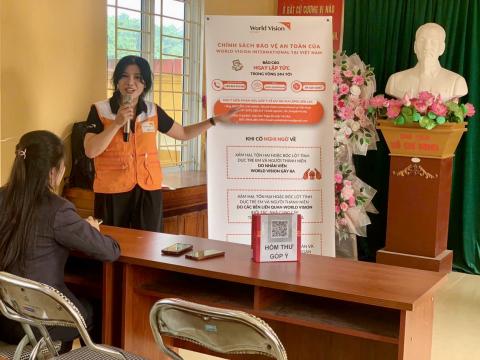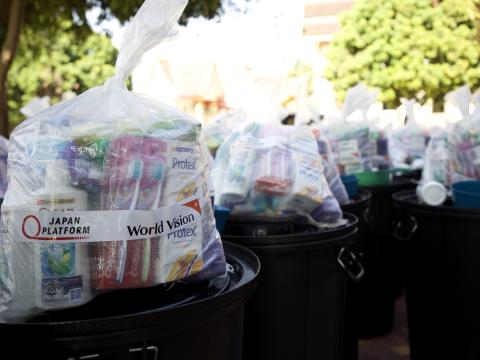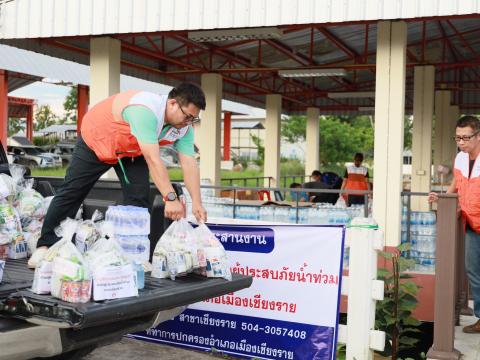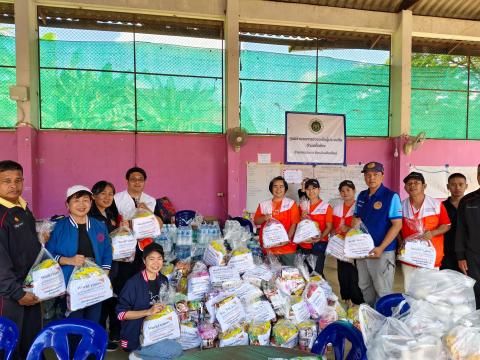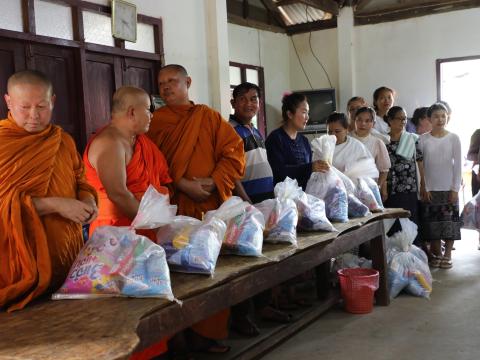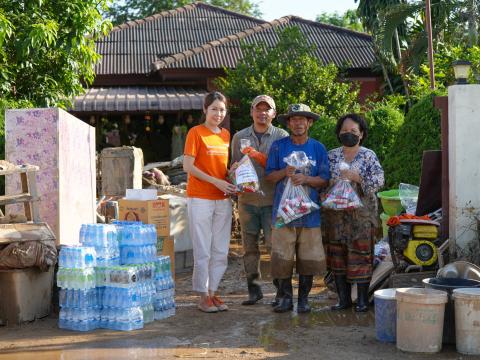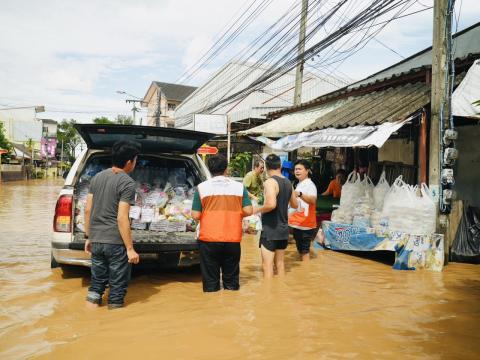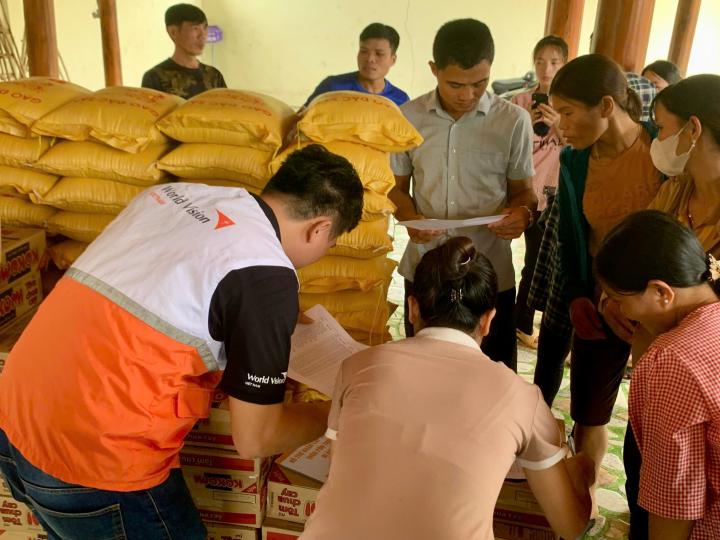
Typhoon YAGI Response
Biggest storm in 30 years: YAGI devastates East Asia
The most powerful storm to hit the South China Sea in 30 years
On 7 September 2024, Typhoon YAGI made landfall in northern Viet Nam, causing widespread devastation across Southeast Asia, particularly impacting Viet Nam, Myanmar, Laos, and Thailand. The storm has claimed over 500 lives, injured thousands, left hundreds of thousands displaced, and caused tremendous damage to infrastructure, homes, schools, and healthcare facilities. At least 6 million children across Viet Nam, Myanmar, Laos, and Thailand have been affected in the wake of Typhoon YAGI and their access to clean water, education, health services, food and shelter have been compromised (UNICEF).
In Viet Nam alone, economic damage is estimated to reach USD 1.6 billion (Viet Nam’s Ministry of Planning and Investment). As of 15 September, the typhoon and its aftermath caused 330 people killed or missing and 1,921 injured, damaged 231,851 houses, destroyed 270,830 hectares of crops, and killed nearly 2.7 million livestock and poultries (Viet Nam’s Ministry of Agriculture & Rural Development). In Myanmar, YAGI affected 631,000 most vulnerable people in 55 townships and damaged more than 1 million hectares of agricultural farms. Landslides and floods also affected 165,139 people in Laos and 133,082 households in Thailand.
The damage escalates
According to the latest UN updates on 17 September, the number of damages and losses has significantly increased. Regions that had been severely damaged by YAGI in the past 2 weeks are to experience additional heavy rainfall in the coming days due to the southwest monsoon season, as well as more tropical depression, heightening the risk of further flooding, landslides and flash floods, especially in the mountainous and lowland areas.
Relief Efforts
Immediate emergency relief efforts are taking place in all 4 East Asian countries hit by YAGI, including food aid, clean water and hygiene supplies, temporary shelter, and protection services. We partner with key stakeholders, including the World Food Programme (WFP), local authorities, and NGOs to ensure our assistance reaches communities where our presence is limited.
Social Wall: Typhoon Yagi Response in Action
Updates from our implementing teams as they share stories of how communities are rebuilding through our collective efforts.
